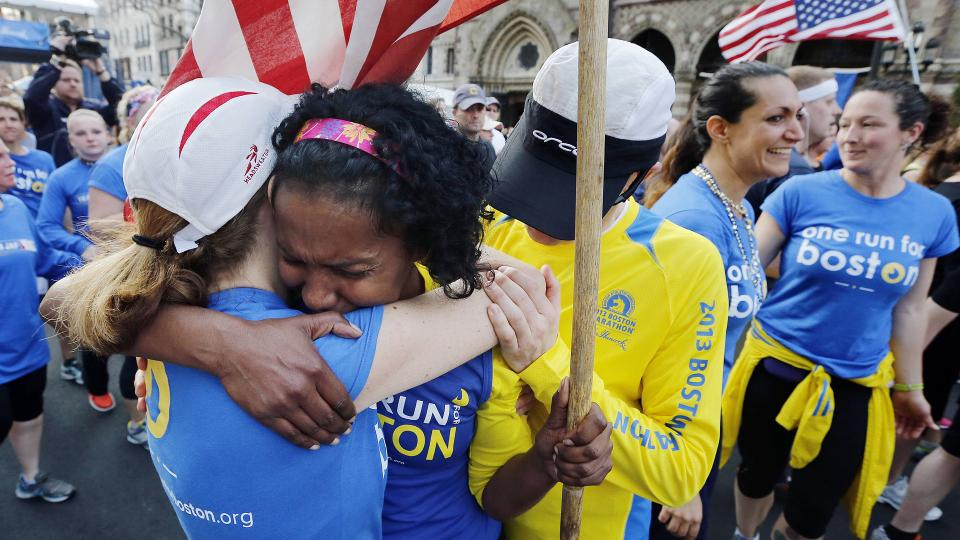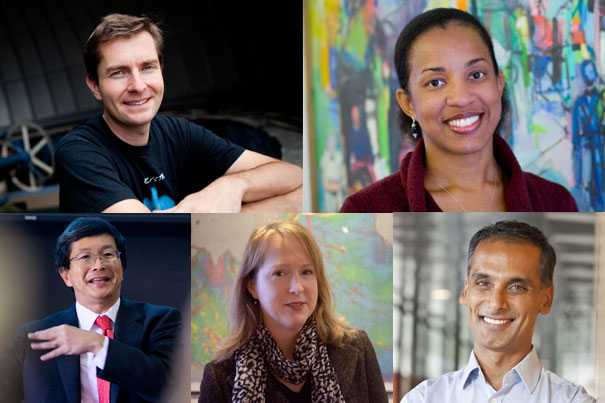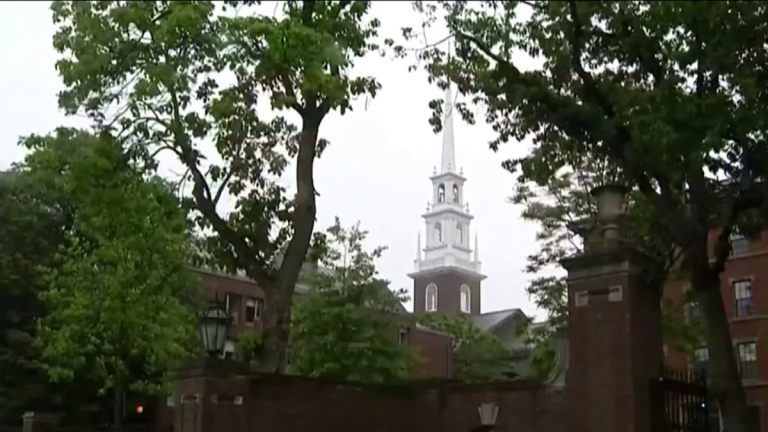
The Boston Marathon charity runners embody the spirit of hope and resilience as they lace up their shoes for a cause that transcends mere athleticism. Each year, countless individuals participate with the aim of raising money for cancer research, especially through initiatives like Project Purple charity, which focuses on pancreatic cancer support. Among these passionate athletes are the Harvard Marathon runners, who often find their inspiration in the personal stories of loved ones affected by this devastating disease. Their collective efforts have become a powerful force in Boston Marathon fundraising, driving home the message that every mile traveled not only pushes their physical limits but also contributes significantly to a greater purpose—raising money for cancer. With a deep sense of commitment, these charity runners forge ahead, determined to make a meaningful impact through their charity running challenges.
At the heart of the Boston Marathon lies a unique breed of athletes known as charity runners, whose stories are interwoven with personal missions and community support. These dedicated participants often join charitable organizations, such as Project Purple and others, aiming to drive awareness and funds for critical health issues like cancer. The connections formed between these marathoners and the causes they support are often rooted in personal experiences, motivating them to take on monumental charity running challenges. As they prepare for the grueling 26.2-mile course, their training goes beyond physical endurance; it embodies a heartfelt commitment to honor those they love and to potentially save lives through their fundraising efforts. Through their journeys, they transform their races into poignant reminders of the strength found within communities when they come together against disease.
Boston Marathon Charity Runners: A Legacy of Hope
Boston Marathon charity runners play a pivotal role in the event, transforming a traditional athletic competition into a mouthpiece for philanthropy. Each year, thousands of participants take on the grueling 26.2-mile race, motivated not just by personal achievement but by a desire to make a positive impact on the world. Many runners, such as those from Harvard, share deeply personal stories that fuel their passion for racing. For instance, they dedicate their runs to loved ones affected by devastating diseases, using the platform to raise significant funds for impactful organizations like Project Purple, which aims to combat pancreatic cancer.
The process of becoming a charity runner is not simply about getting a spot in the race; it involves meticulous planning and fervent dedication to fundraising. The competition to join notable teams is intense, often requiring applicants to present in-depth plans outlining their fundraising strategies. Those who succeed embody resilience and resourcefulness, driven by the hope that their efforts will significantly benefit the causes they support. Just as the marathon itself symbolizes perseverance, so too does the journey of a charity runner—each mile they conquer is a step towards healing and a chance to honor those who have faced life-threatening challenges.
Harnessing the Spirit of College Runners
For college runners, participating in the Boston Marathon is often about more than just crossing the finish line; it represents a commitment to community engagement and altruism. Students from prestigious institutions like Harvard often channel their personal experiences with illness into their training, fostering a strong connection between their athletic pursuits and philanthropic goals. Each individual story, from Brooke Stanford’s tribute to her mother through her ongoing efforts with Project Purple to Andrew Athanasian’s dedication to raising funds for pediatric oncology, underscores the profound impact of the marathon on the lives of these young athletes.
Training alongside peers not only fosters a sense of camaraderie but also engrains a culture of mutual support among participants. As they prepare for race day, these runners are united by their shared commitment to raising awareness and funds while advocating for critical health issues. Their combined efforts amplify the reach and effectiveness of the charities they represent, transforming their marathon journey into a powerful narrative of hope, resilience, and community.
The challenges of marathon training—both physical and emotional—often prepare the students to confront the realities of life while simultaneously motivating them to offer support to those affected by illness. As they struggle through long runs and demanding training schedules, mid-race reminders from supporters, especially patients and families from the causes they support, echo the intrinsic motivation behind their efforts, making the arduous journey remarkably rewarding.
Fundraising Efforts in the Charity Running Landscape
Fundraising for charities through marathon participation has become a hallmark of many students’ athletic endeavors at Harvard. These fundraising activities are meticulously crafted, often involving creative campaigns and grassroots outreach. Each runner sets personal goals, like Brooke Stanford’s ambitious $50,000 target for Project Purple, to engage their community and stimulate contributions towards vital causes. By harnessing social media and organizing events, they leverage their platforms to educate others about critical health issues, while simultaneously fostering a supportive community around their efforts.
The importance of fundraising cannot be overstated; it directly impacts the effectiveness of the supported nonprofits. The funds raised by projects such as Team End ALZ and the Mass General Marathon Team not only go toward essential cancer research and patient support programs but also contribute significantly to the broader awareness of these conditions. Therefore, every sponsor, small business, and friend who contributes plays an essential role in the mission to combat these diseases, making each dollar count towards greater healing and hope.
Memorable Personal Stories That Inspire
The Boston Marathon is filled with remarkable personal stories that resonate deeply with participants and spectators alike. Each charity runner has a unique tale, often born of personal loss or a desire to uplift those suffering from disease. For instance, Maggie Chiappetta-Uberti’s journey highlights her mother’s battle with Alzheimer’s, showcasing the profound strength derived from familial bonds. It’s this spirit of perseverance that inspires her to tackle the daunting challenge of her first marathon while raising awareness and funds for the Alzheimer’s Association.
As runners share their narratives, they create a tapestry of hope and resilience that encourages others to support their causes too. Such stories remind participants and supporters alike that every mile run serves a purpose and that through collective effort, they can foster significant advancements in research and support systems for those affected. Whether it’s Bridget Kondrat honoring her grandmother or Andrew Athanasian representing friends lost to cancer, these personal commitments not only fuel their determination but also galvanize the community’s support, reinforcing the interconnectedness of the runners and the causes they champion.
The Impact of Purdue Purple on Community Wellness
Organizations like Project Purple play an essential role in providing resources and support for pancreatic cancer patients and their families, exemplifying how charity running can extend far beyond the race itself. This dedicated nonprofit empowers runners like Brooke Stanford by offering a structured framework for fundraising and community engagement, ensuring that the funds raised are channeled effectively towards researching therapies and providing patient support. This multifaceted approach enhances community wellness, emphasizing the collaborative effort needed to combat diseases at local, national, and global levels.
Moreover, charities that partner with events like the Boston Marathon help raise awareness about lesser-known cancers, granting exposure to critical conversations around patient care and research funding. By uniting runners, sponsors, and advocates in a common goal, these charities not only promote health initiatives but also cultivate a spirit of hope and solidarity among those who share similar challenges. The impact is felt both in the financial support directed towards vital research and through the emotional lifting of spirits as stories of survival and community support take center stage during major charitable events.
Training and Preparedness: A Dual Challenge
Preparing for the Boston Marathon involves rigorous physical and mental training, a task that college students often juggle alongside demanding academic schedules. The commitment to run for a cause adds another layer of responsibility, requiring participants to balance their training needs with their graphic fundraising goals. With structured workout regimens, runners train for months, honing their endurance and speed while simultaneously crafting fundraising strategies that reflect their unique stories and aspirations.
This dual challenge—athletic and philanthropic—pushes students like Bridget Kondrat and Grace Taylor to cultivate resilience, adaptability, and time management skills. The physical requirements of marathon training often parallel the emotional fortitude needed to champion a cause, creating well-rounded individuals who are not only equipped to tackle long distances but are also aware of their social responsibilities. As they lace up their shoes for training runs, they are reminded of the loved ones they represent, infusing each mile with purpose and commitment.
Community Engagement Through Virtual Fundraising Communication
In today’s digital age, community engagement during fundraising for the Boston Marathon has transcended traditional methods, embracing virtual platforms that enhance outreach and collaboration. Charity runners, particularly college students, are harnessing social media to evoke solidarity and inspire donations, making it easier for friends, family, and even strangers to engage with their causes. This modern approach not only broadens their support base but allows for creative storytelling through videos, blogs, and virtual fundraising events, bringing their mission to life online.
The innovative use of digital tools enables runners to document their journey, share milestones, and highlight the impact of contributions in real time. By providing platforms for sponsors to visualize their support—such as livestreams of training runs or updates on fundraising progress—runners can foster a collective spirit of camaraderie and urgency. This digital shift not only enhances personal connections with donors but ultimately broadens the impact of their fundraising endeavors, making it a vital component of successful charity running.
Lessons Learned from Marathon Training and Fundraising
Participating in the Boston Marathon teaches runners invaluable life lessons that extend far beyond the start and finish lines. The dedication required for successful training not only builds physical endurance but instills perseverance, which is directly mirrored in their fundraising efforts. Learning to overcome obstacles, whether personal or external, shapes them into well-rounded individuals capable of tackling challenges both on and off the course.
Additionally, the stories shared among runners build a sense of collective strength and determination, emphasizing the power of community and mutual support. Through their experiences, they learn that every step they take towards their goal is not just a physical challenge but also a testament to the human spirit—one that refuses to be defeated by illness, hardship, or loss. The lessons of resilience, accountability, and commitment shine bright, becoming integral parts of their journey long after the marathon has concluded.
Frequently Asked Questions
What inspired Harvard students to become Boston Marathon charity runners?
Many Harvard students, like Brooke Stanford and Andrew Athanasian, are inspired to become Boston Marathon charity runners by personal experiences with cancer and other diseases affecting loved ones. They choose to run for organizations like Project Purple, which focuses on pancreatic cancer, and the Dana-Farber Cancer Institute, to honor those who have faced such challenges and to raise money for ongoing research and support.
How do Boston Marathon charity runners fundraise effectively?
Boston Marathon charity runners typically create detailed fundraising plans, leveraging personal stories to engage potential donors. Runners participate in various fundraising activities, such as hosting events, seeking individual donations, and utilizing social media to enhance visibility and reach their financial goals, like Brooke Stanford’s $50,000 target for Project Purple.
What is the process for becoming a charity runner in the Boston Marathon?
To become a charity runner in the Boston Marathon, individuals often apply to specific charity teams associated with the race. This process can be competitive, as organizations like Project Purple have limited spots available. Runners must usually present a solid fundraising plan and demonstrate their commitment to raising money for the respective charity.
How much money can Boston Marathon charity runners expect to raise?
Boston Marathon charity runners commonly aim to raise significant amounts, often between $10,000 to $50,000 or more, depending on the charity and individual goals. For instance, Maggie Chiappetta-Uberti set an ambitious target of $26,200 for Alzheimer’s awareness, which was $1,000 for each mile of the marathon.
What are some challenges faced by Boston Marathon charity runners?
One of the biggest challenges for Boston Marathon charity runners is achieving a spot on their chosen charity team due to limited availability. Additionally, fundraising can be daunting, as runners must consistently engage supporters and meet high financial targets while balancing their training commitments and personal responsibilities.
How can community support enhance the experience of Boston Marathon charity runners?
Community support can greatly enhance the experience of Boston Marathon charity runners by providing emotional encouragement and financial contributions. Events such as gatherings at cheer stations on race day, like those hosted by Mass General at Mile 20, boost runners’ spirits and foster a sense of camaraderie among participants, making the challenge feel more manageable.”},{
| Key Point | Details |
|---|---|
| Bridget Kondrat’s motivation | Training for the marathon to honor her grandmother who fought multiple myeloma. |
| Brooke Stanford’s challenge | Inspired by her late mother, she is raising funds for pancreatic cancer research through Project Purple. |
| Andrew Athanasian’s dedication | Running to support his friend Grace Taylor, who is in remission from thyroid cancer. |
| Maggie Chiappetta-Uberti’s journey | Training for the marathon while raising funds for Alzheimer’s research, inspired by her mother. |
Summary
Boston Marathon charity runners are a remarkable group motivated by personal stories and profound connections. Each individual represents a cause close to their heart, using the marathon as a platform to honor their loved ones and raise significant funds for important health issues. From Brooke Stanford’s commitment to pancreatic cancer research to Bridget Kondrat’s tribute to her grandmother, these athletes exemplify resilience and compassion. Their training not only prepares them for the 26.2-mile race, but also deepens their connection with those they aim to support, uniting personal journeys with a greater purpose.



